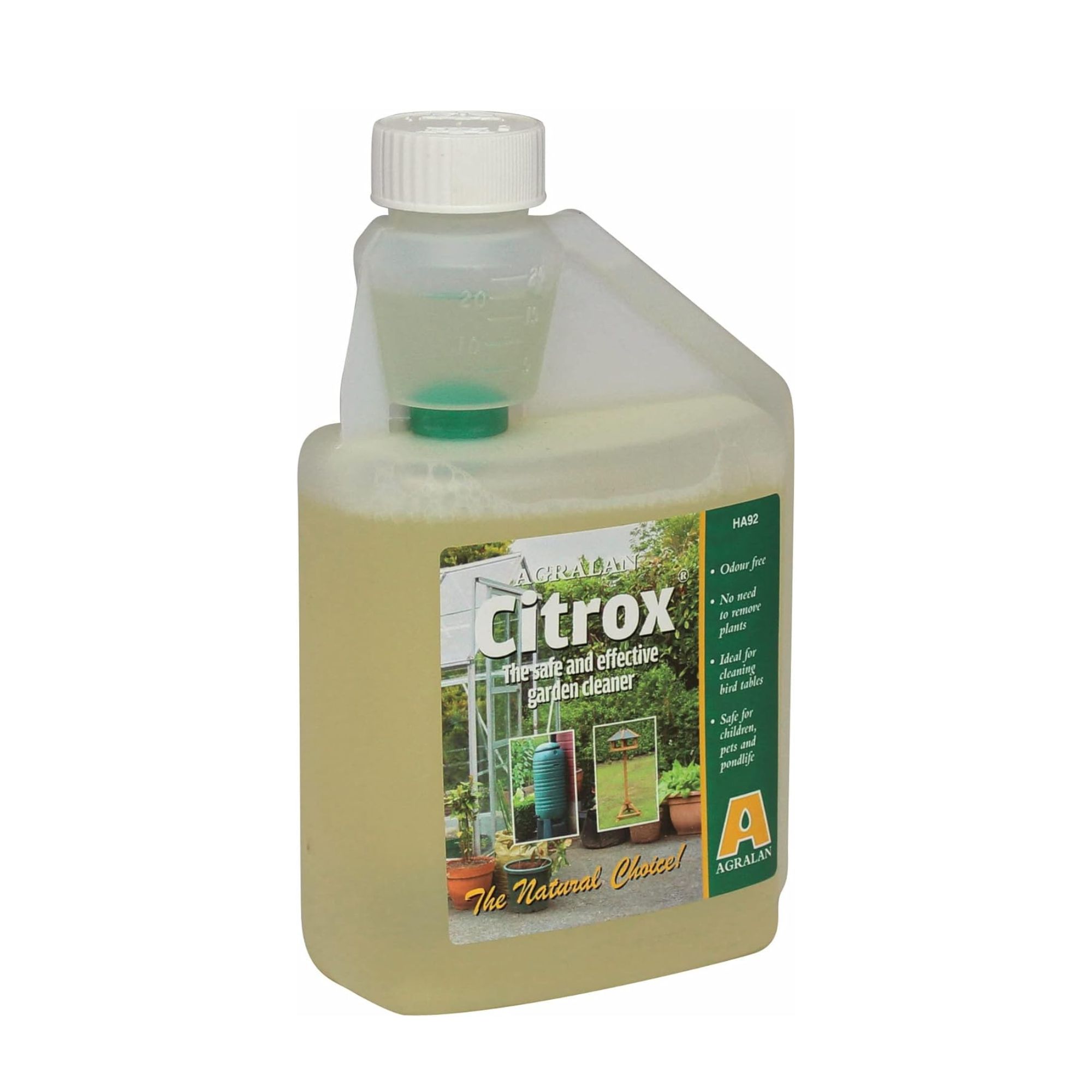When to deadhead agapanthus - experts reveal the exact time you should remove these spent flowers
It all depends on your plans for your plants
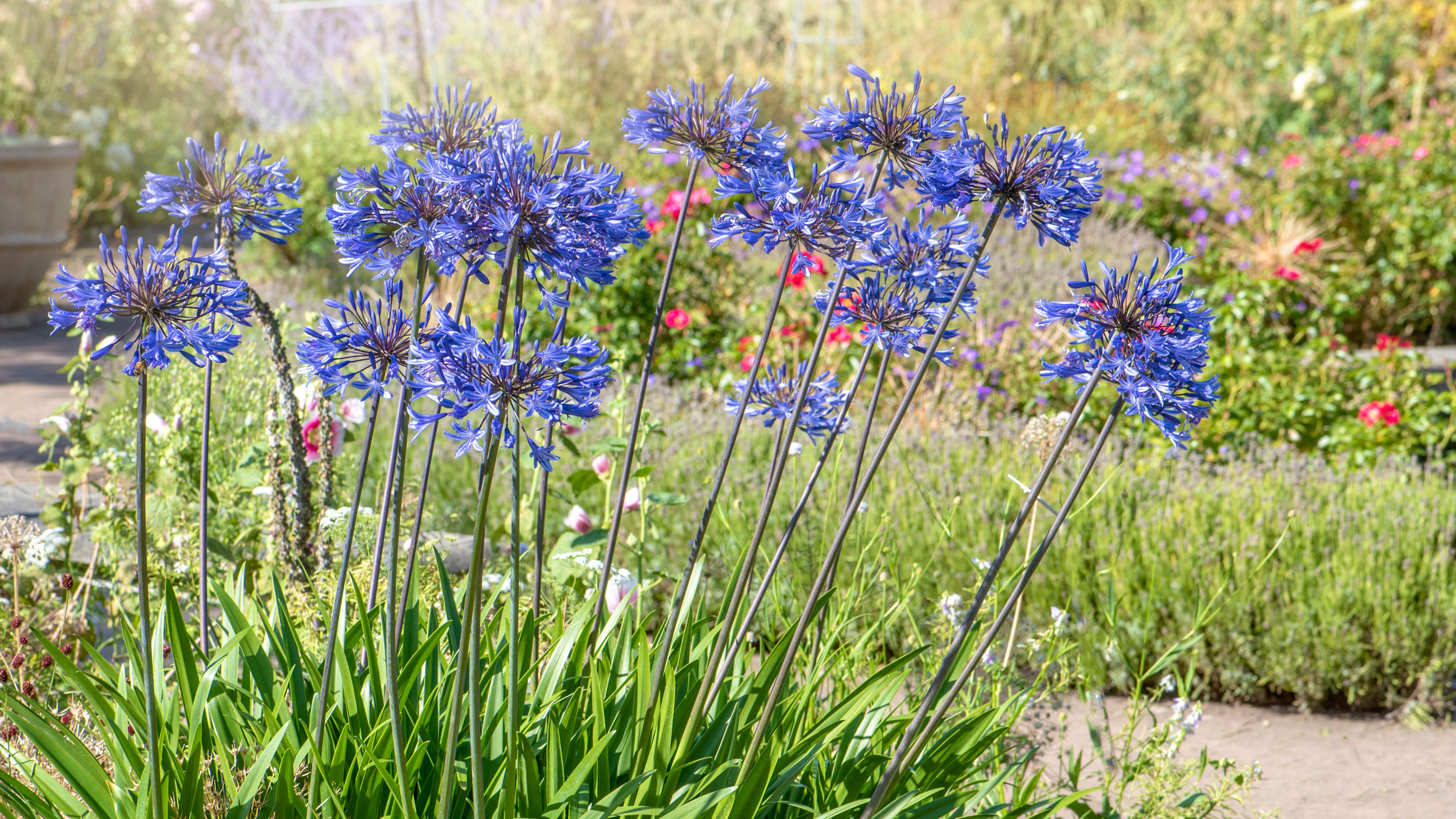

If your agapanthus is coming to the end of its flowering cycle, or you just want to promote more blooms, deadheading is a surefire way to do that. But choosing when to deadhead agapanthus is a difficult decision.
Yes, if you want to add agapanthus to your garden you need to understand that timing is everything. As well as knowing when to plant agapanthus, you also need to know when to deadhead it. After all, deadheading too early can result in lacklustre blooms, and deadheading too late can send them to seed.
But while garden experts all agree that knowing when to deadhead agapanthus is key, there are no hard or fast rules when it comes to this garden task. So, you have a little bit of flexibility.
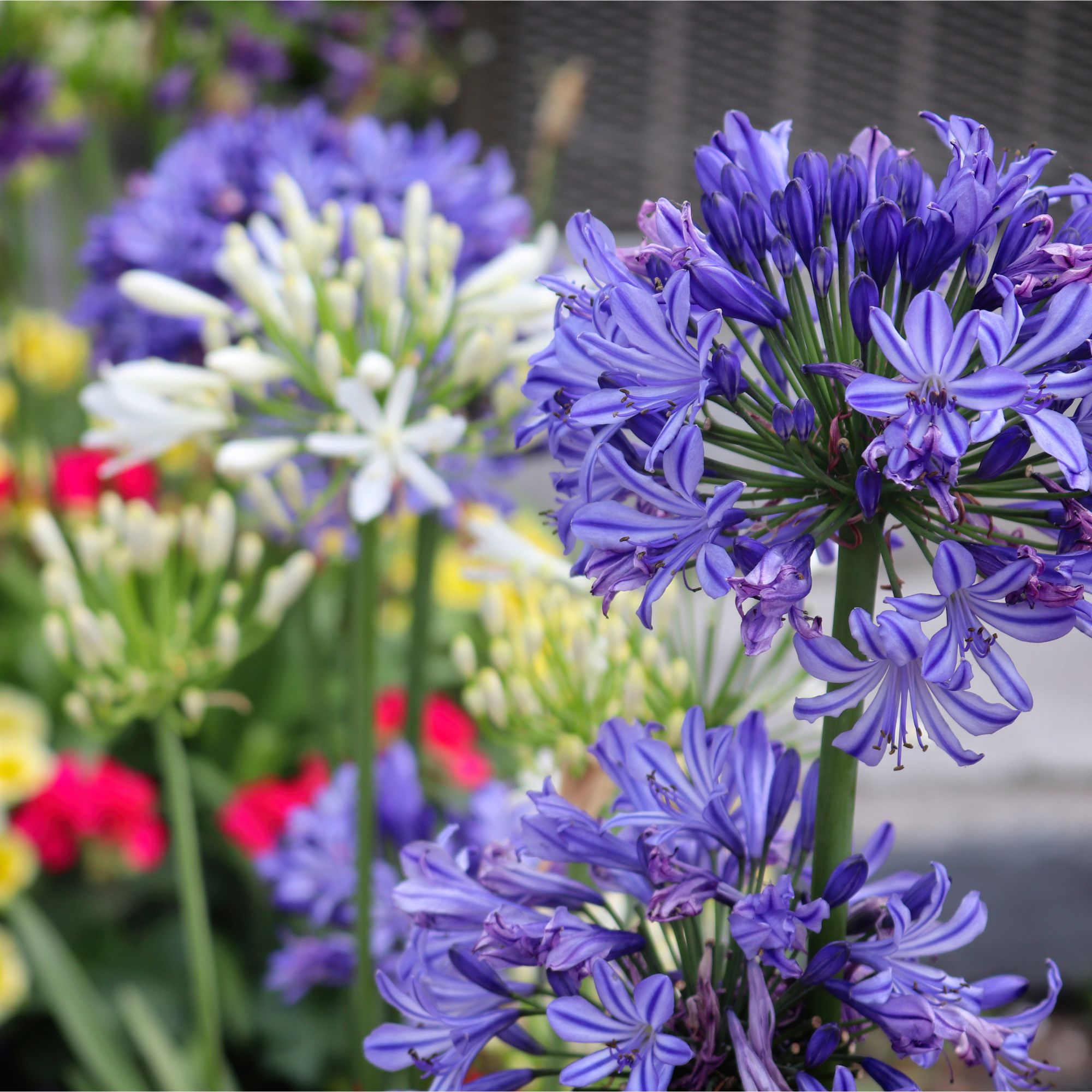
Of course, you don’t have to deadhead agapanthus if you don’t want to. But if you decide that you do want to cut down the spent flowerheads, experts largely agree that it’s best to do this as soon as the flowerheads start to fade and look scruffy.
Typically, agapanthus flowers for around six weeks from mid-summer to early autumn, so you should expect to add this task to your list of jobs to do in the garden in September or early October by the time that they’ve finished blooming.
This is echoed by Morris Hankinson, Director of Hopes Grove Nurseries, who says, ‘During late summer or early autumn, your agapanthus will start to look faded and wilted, this is the best time to deadhead agapanthus.’

Morris Hankinson is the founder and managing director of Hopes Grove Nurseries Ltd, the UK’s only specialist grower-retailer of hedging plants. He established the thriving business in 1992, shortly after graduating with a Commercial Horticulture Degree from Writtle College, Essex.
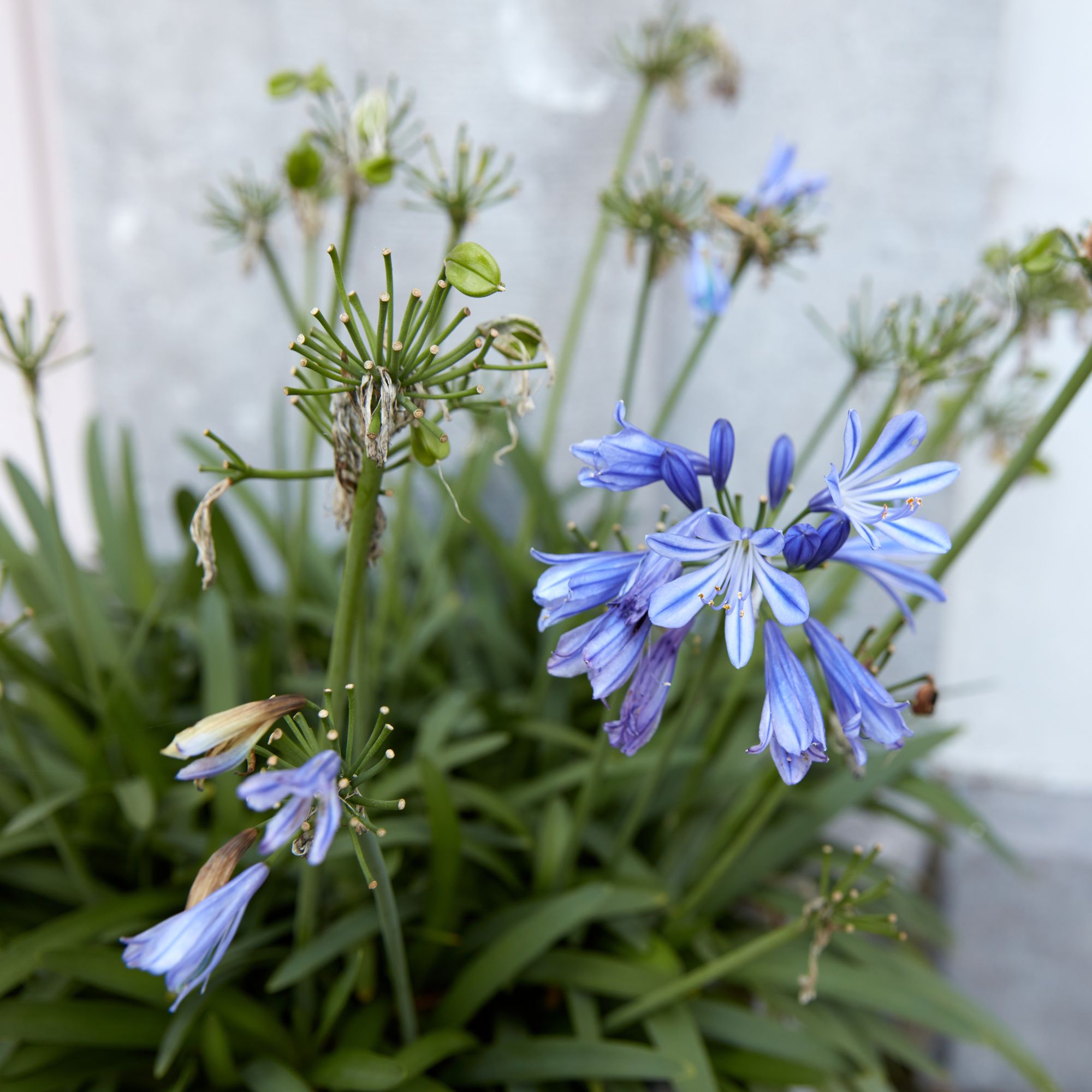
That’s not to say that you can’t deadhead earlier than that if you spot struggling flowers, though. As gardening expert Calum Maddock at HomeHow.co.uk explains, ‘Deadheading your flowers early on in the summer can encourage your plant to grow more – meaning you can enjoy a longer blooming period.’
But if you want to avoid any deadheading mistakes, it’s probably best to wait until the flowers look visibly spent before whipping out your secateurs. And Morris advises, ‘To remove the spent bloom, cut the flower stalks down to the base of the plant. This encourages the plant to focus its energy on root and foliage growth rather than producing seeds. It also helps its appearance by keeping the plant looking healthy and tidy.’
However, the rules are different if you choose not to deadhead agapanthus - and many gardeners choose this path when their plants start to fade. After all, there are so many plants that don’t need to be deadheaded.
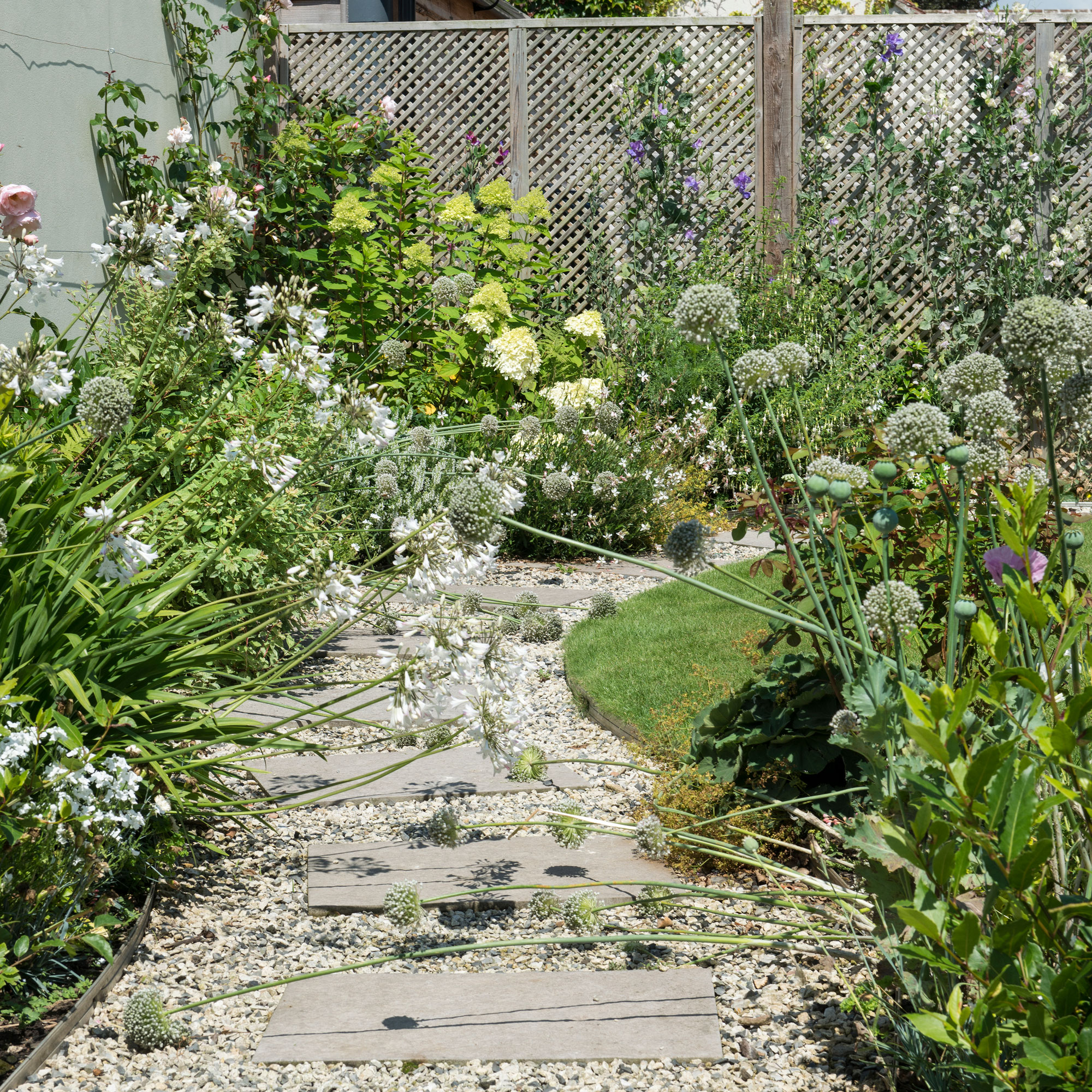
In the case of agapanthus, the spent seedheads can not only add visual intrigue and height to your garden but leaving the agapanthus to go to seed can also allow you to collect the seeds and grow more for free.
So, while you can deadhead agapanthus during the summer and when the flowers start to fade, you can also leave the plant alone indefinitely. Alternatively, you could wait until the end of winter to finally chop down those giant flowerheads. The deadheading world is your oyster when it comes to this pretty plant.
What you'll need

You'll likely only need the smaller scissors to deadhead your agapanthus, but there's no harm in having some extra secateurs in the shed.
FAQs
What to do with agapanthus when they finish flowering?
When agapanthus has finished flowering, you then need to choose whether you want to deadhead agapanthus or not. Both are valid options, and both have their advantages and disadvantages.
Whichever one you choose, however, you should try and leave the foliage intact for as long as possible. By leaving the foliage to die down naturally, you can give it the chance to absorb as much sunlight and nutrients as possible to feed the bulb and store energy for next year.
When the plant has absorbed as much nutrients as it can, it should turn brown. When this happens, you can cut it back and then add a layer of mulch around the base to protect it over the winter months.
In doing so, you should find that your agapanthus grows bigger and better during the next growing season.
How many years does it take for agapanthus to flower?
This all depends on how you grow agapanthus. If you choose to grow agapanthus from seed, it may take up to two years for your plant to flower.
Because of this, most people choose to grow agapanthus from bare-root plants, as this is often a much quicker route to blooms. When planting agapanthus from bare-root plants, you should expect flowers within 1-2 years.
For the most part, agapanthus spends the first year of its life establishing itself and absorbing as much energy as possible. So, you may find that all of your agapanthus plants flower in the second year.
Now you know when to deadhead agapanthus, it’s time to start cleaning your secateurs.
Get the Ideal Home Newsletter
Sign up to our newsletter for style and decor inspiration, house makeovers, project advice and more.

Lauren Bradbury has been the Content Editor for the House Manual section since January 2025 but worked with the team as a freelancer for a year and a half before that. She graduated with a Bachelor’s degree in English and Creative Writing from the University of Chichester in 2016. Then, she dipped her toe into the world of content writing, primarily focusing on home content. After years of agency work, she decided to take the plunge and become a full-time freelancer for online publications, including Real Homes and Ideal Home, before taking on this permanent role. Now, she spends her days searching for the best decluttering and cleaning hacks and creating handy how-to guides for homeowners and renters alike, as well as testing vacuums as part of her role as the Ideal Home Certified Expert in Training on Vacuums, having spent over 110 hours testing different vacuum models to date!
-
 Will a conservatory add value to your home and how can you maximise it?
Will a conservatory add value to your home and how can you maximise it?This is what the pros say
By Amy Reeves
-
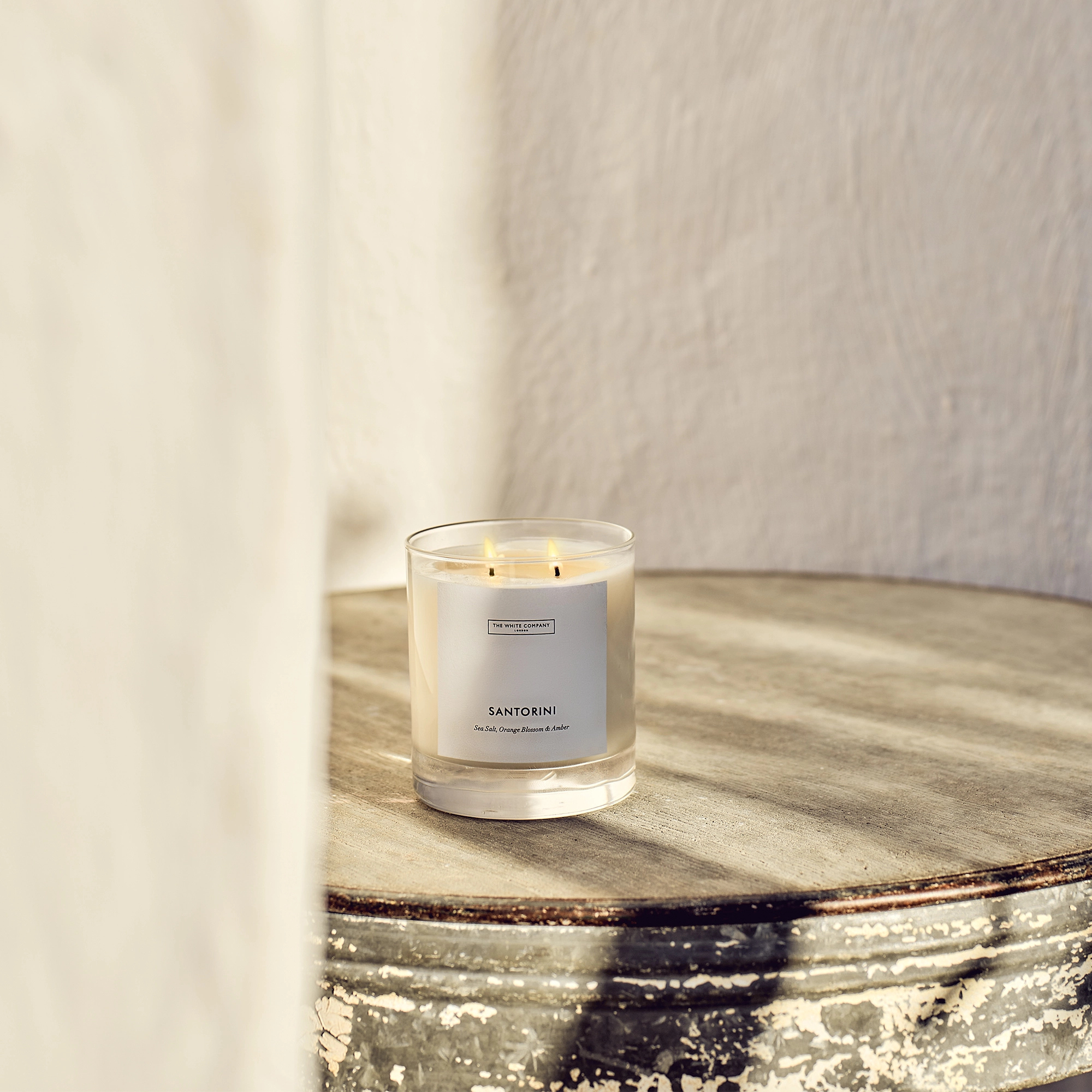 I’ve been looking for a new signature scent for my home and The White Company's new fragrance is the exact summer holiday smell I needed
I’ve been looking for a new signature scent for my home and The White Company's new fragrance is the exact summer holiday smell I neededSantorini smells fresh, summery and sophisticated
By Kezia Reynolds
-
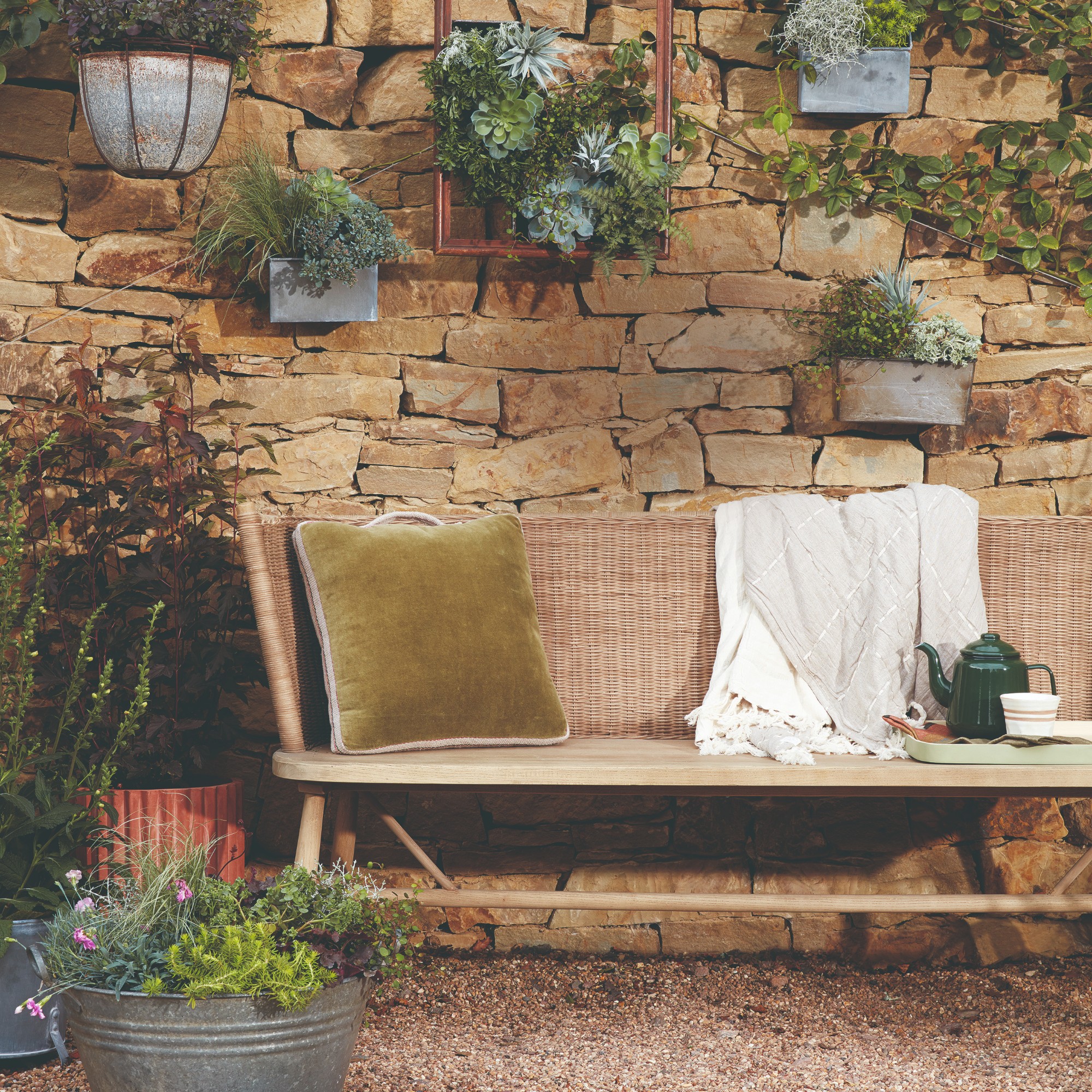 How to remove algae from garden walls in five steps – and the cleaning product experts rave about for tackling it fast
How to remove algae from garden walls in five steps – and the cleaning product experts rave about for tackling it fastExperts share their top tips for getting garden walls algae-free
By Katie Sims
-
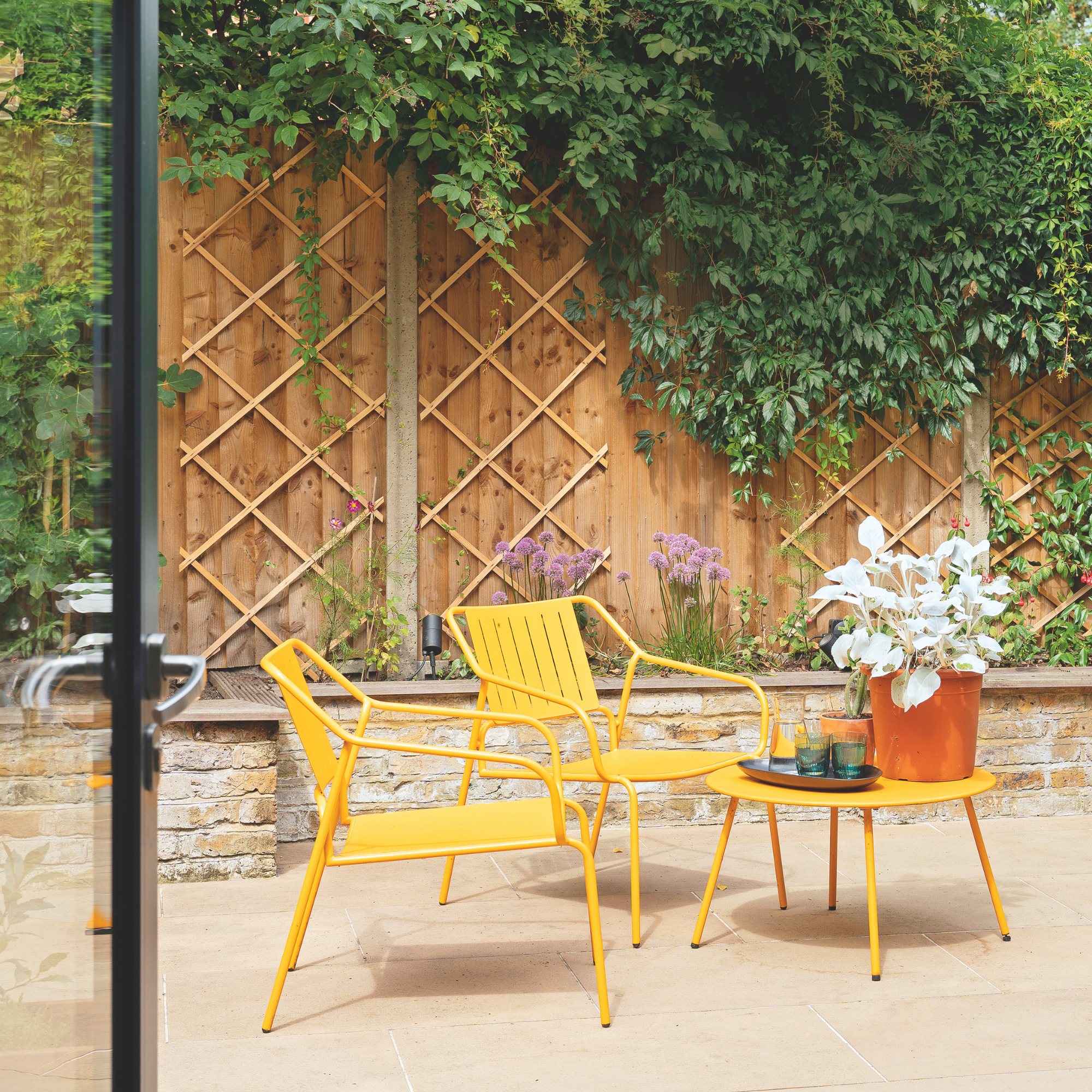 I’m seeing pastel garden furniture at all my favourite brands this spring, but QVC’s sorbet collection impressed me the most
I’m seeing pastel garden furniture at all my favourite brands this spring, but QVC’s sorbet collection impressed me the mostFresh pastel shades are a great way to liven up your outdoor space
By Kezia Reynolds
-
 I spent the afternoon looking through Wayfair's garden sale – these are the 6 pieces I'm buying immediately for summer
I spent the afternoon looking through Wayfair's garden sale – these are the 6 pieces I'm buying immediately for summerThese are my must-have garden buys from the sale
By Holly Reaney
-
 I’ve found the perfect alternative to John Lewis’ sold-out striped garden chair – and you won’t believe where it's from
I’ve found the perfect alternative to John Lewis’ sold-out striped garden chair – and you won’t believe where it's fromJohn Lewis' Sling Garden Chair is one of the most stylish pieces of garden furniture I'd seen – until I tracked down this QVC lounge chair...
By Kezia Reynolds
-
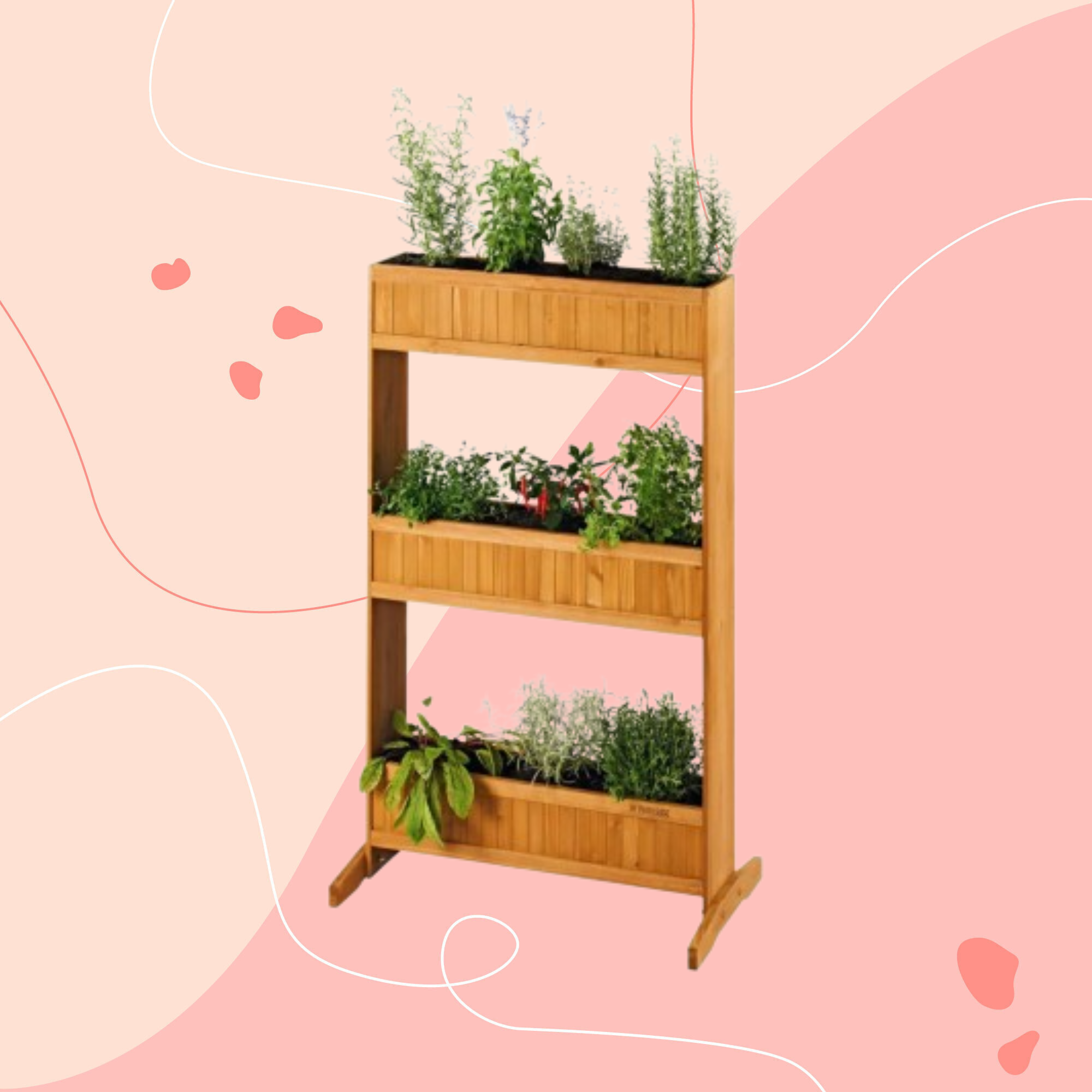 Lidl is selling a smart tiered planter that will unlock extra planting space in a tiny garden or balcony
Lidl is selling a smart tiered planter that will unlock extra planting space in a tiny garden or balconyWhy I've been eyeing this planter up for my tiny garden
By Kezia Reynolds
-
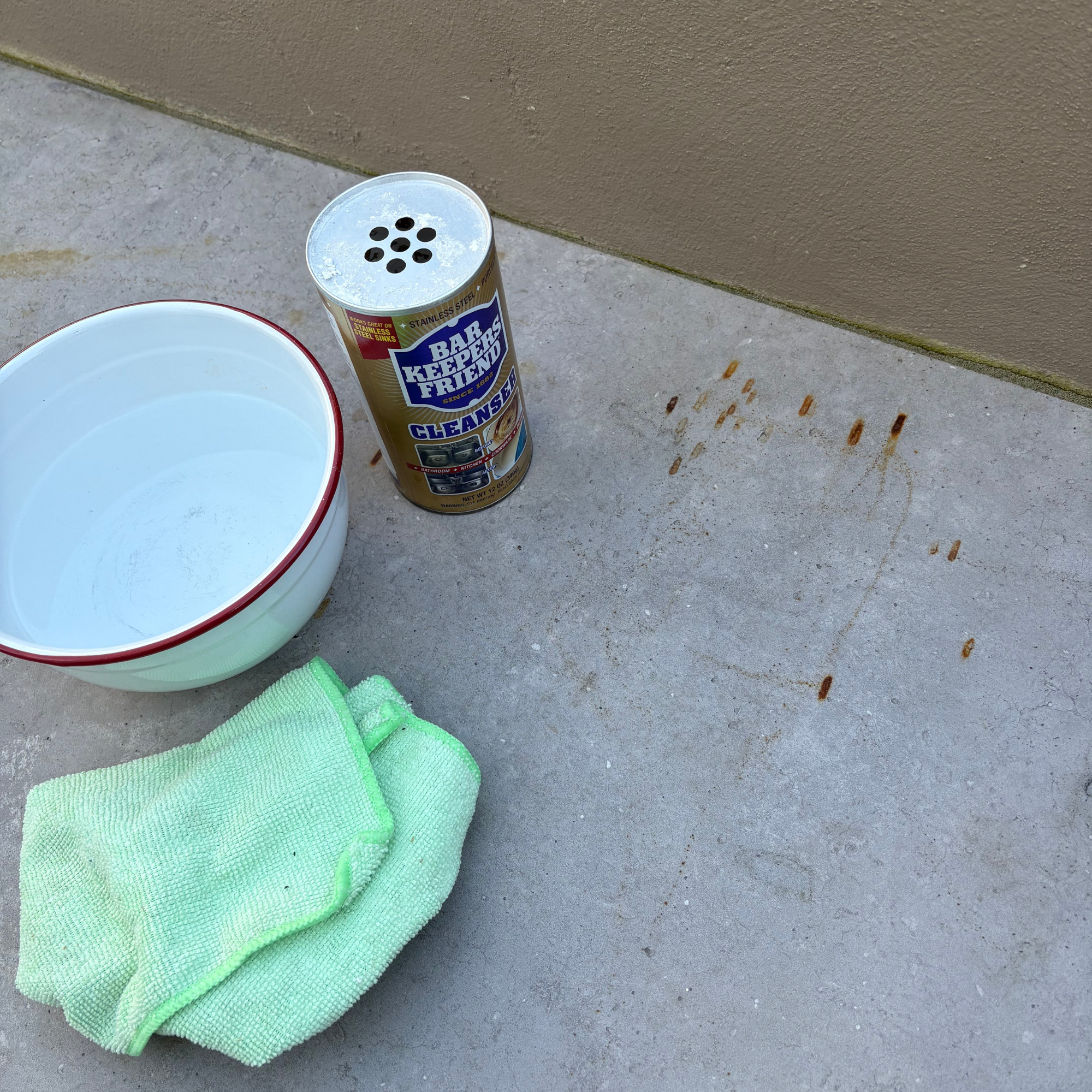 I’ve found the best solution for cleaning stains from a patio - and it’s only £8 on Amazon
I’ve found the best solution for cleaning stains from a patio - and it’s only £8 on AmazonThe stains practically vanish!
By Kezia Reynolds
-
 Lidl’s £15 sun sail is everything you need to create a shady oasis in your garden – and it’s on sale right now
Lidl’s £15 sun sail is everything you need to create a shady oasis in your garden – and it’s on sale right nowWith two stylish colours available, the sun sail will make a chic yet practical addition to any of your garden.
By Kezia Reynolds
-
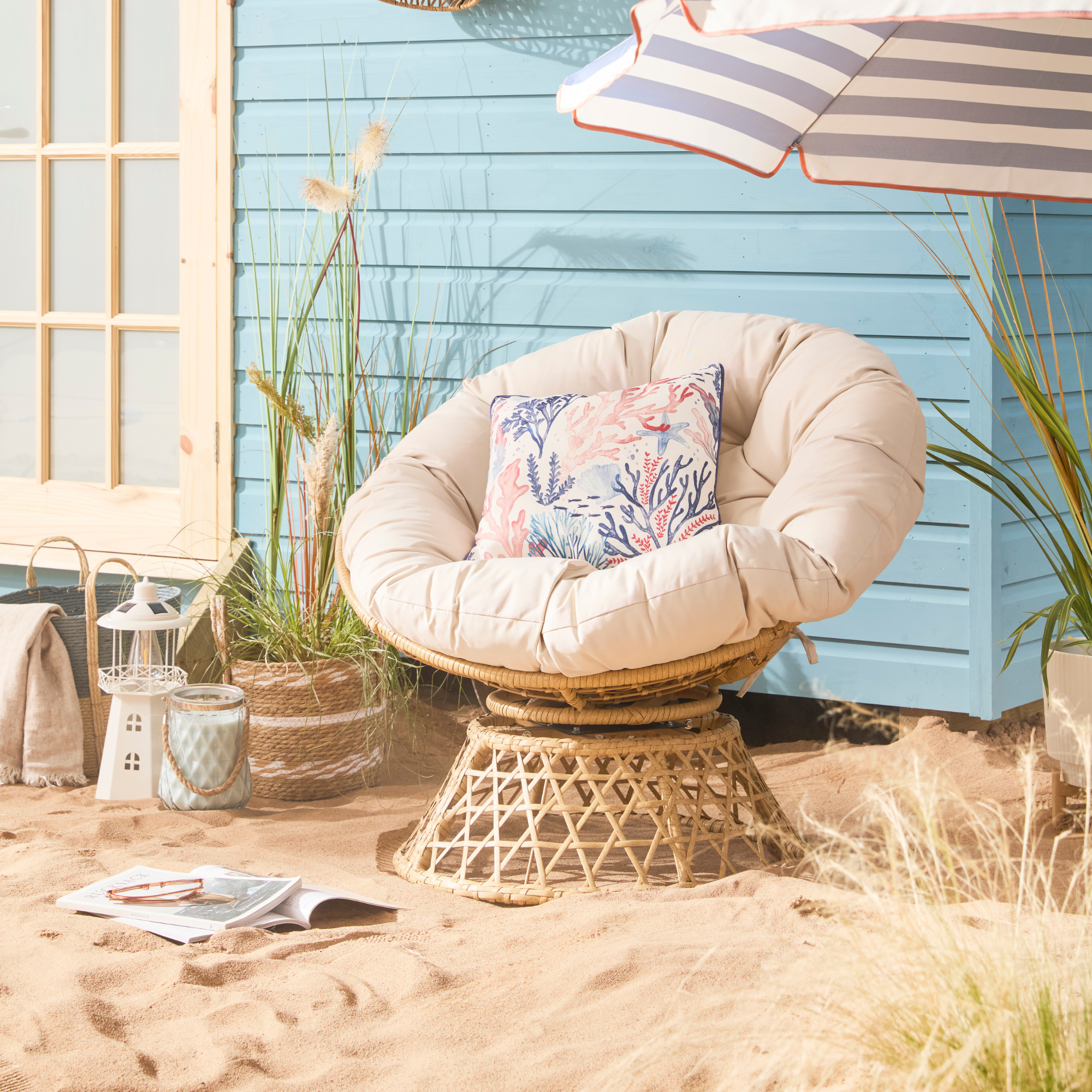 B&M has nailed 2025's breakout garden furniture trend - it's one of the most affordable and stylish I've seen
B&M has nailed 2025's breakout garden furniture trend - it's one of the most affordable and stylish I've seenGet the luxe look for less
By Kezia Reynolds
-
 I was shocked to discover a treasure-trove of designer-look garden furniture at La Redoute on sale right now – 6 chic standouts
I was shocked to discover a treasure-trove of designer-look garden furniture at La Redoute on sale right now – 6 chic standoutsGive your garden that high-end look
By Sara Hesikova
